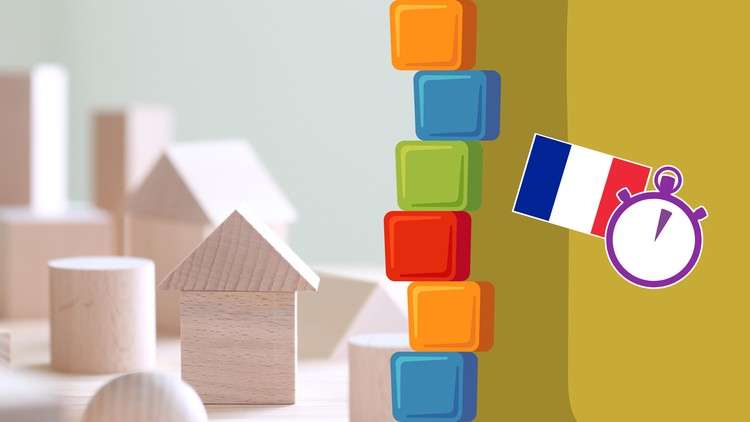
Learn about how the French language is put together by breaking it down into its different sentence structures
What you will learn
Learn about the tenth structure in the French language
Get to grips with how easy it is to manipulate this structure and say what you want with it
Get plenty of opportunity to practise using this structure
Complete lessons in 3 minute chunks – perfect for the busy learner
Build your own sentences without memorisation
Get more familiar with the pluperfect tense in French
Speak from the very first lesson
Learn how to put this structure with other structures to form more complex sentences
Description
Bonjour et bienvenue (Hello and welcome to this French course)
Here we have the tenth structure in the Building Structures in French series. In Structure 4, we learnt all about how to talk about the past using the present perfect tense, and then, in Structure 5, we learnt a different way to talk about the past using the imperfect tense. Well, in Structure 10, we’re going to learn a tense that is almost like a mixture between the present perfect and the imperfect. It’s called the “pluperfect tense”.
Dans ce dixième cours, nous allons apprendre à dire ce que nous avions fait plutôt que ce que nous avons fait. In this tenth course, we’re going to learn how to say what we had done rather than what we have done. As I said, this is all done by using the “pluperfect tense”.
The pluperfect tense is a tense that is very similar in its formation to the present perfect tense. Whereas with the present perfect tense in structure 4, the auxiliary verb was in the present tense, in the pluperfect tense in structure 10, the auxiliary verb is in the imperfect tense.
The pluperfect tense is a tense that can be used to talk about what had happened before something else took place. We can say what had happened and what you had done. In this course, we’ll be exploring how we can use this tense in the structure of a question, and then we’ll dissect it and form non-questions and negative statements.
When we learn about the tenth structure, we’ll learn that we can use this structure with other structures to produce much more complex sentences.
Now, the pluperfect tense in English is basically the word “had” plus a past participle on the end. But if we use it with other structures, we’ll be able to say things like:
– I had already seen Marie when you asked me
– Where had you gone when I called you?
– What had he done when you arrived?
– They hadn’t bought that because they didn’t like it.
Commençons dès maintenant à apprendre la dixième structure française.
Let’s start right away to learn the tenth French structure.
Merci beaucoup
Content